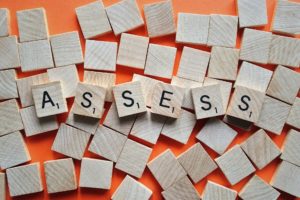
It is imperative that teachers design assessments that contribute to student learning. Assessing students is not just through paper and pencil. After reading all the assigned reading materials for Module 3, I have gained new insights into why assessment matters.
Old perceptions about assessment
One of my old perceptions about the purposes of assessment was that tests are only given to determine who is the most intelligent student in the class. I viewed taking a test as a mundane task as it only measures how smart someone is without even knowing the true purpose of it.
As we move forward to learning more about assessment, my perceptions have changed. Now, I have new insights on the evaluation.
One of the purposes of assessments is to allow teachers to evaluate the efficacy of the teaching methods and approaches they use in the classroom. Should they adjust their lessons to achieve the necessary levels of learning? What kinds of instructional resources ought to be presented to students to stimulate learning? What modifications need to be done to ensure that the assessment and the learning objectives are aligned in a way that is both explicit and precise?
New insights on assessments
After learning more about assessment, as an ESL teacher, I become cautious about designing my learning objectives and assessment plan. I must ensure that the learning outcomes I have established at the beginning of each unit align with all the learning activities I plan to implement in class.
Assessing students does not necessarily mean educators want to know who the brightest student in the class is, which can be a misconception when talking about what assessment is. Assessments are given to determine students’ learning gaps and how teachers can modify their instructional design to fill them. Let’s differentiate formative and summative assessments and whether they serve students and teachers.
Formative and Summative assessments
Assessment can be done in several ways, allowing the teacher and the student to check whether the learning goals are being met. The term “formative assessment” describes methods through which mistakes, difficulties, and learning gaps can be detected and evaluated. In a nutshell, formative assessment is conducted continuously during a course to raise student performance on learning objectives by employing methods that cater to their individual needs.
On the other hand, summative assessments are conducted at the end of a pedagogical unit, course, or program to gauge how much students have learned and their proficiency level. In most cases, a summative evaluation will involve a formal grade and a substantial weighting of the results (though they do not need to be). Instructors can benefit significantly from combining summative and formative evaluation in several ways.
Even though quizzes aren’t scored in IB schools, every student’s academic progress is tracked and recorded in anecdotal form. In addition to measuring students’ knowledge, assessments should monitor whether they acquire crucial skills aligned with the learning objectives.
One of my favorite aspects of assessing students is witnessing their growth as a learner throughout a unit. I can deduce whether the learner has made any improvement. With this in mind, I can give my students helpful feedback as we go on to the next unit.
Latest comments
I will check it out. Thank you.
Thank you very much! I will provide more contents later.
I’ve learn some just right stuff here. Certainly worth bookmarking for revisiting. I surprise how a lot effort you put…
Kids Preschool and kindergarten Learning Games for kids & Toddlers 3-12 years old. Give a try and review your opinion…
Top ,.. I will save your website !
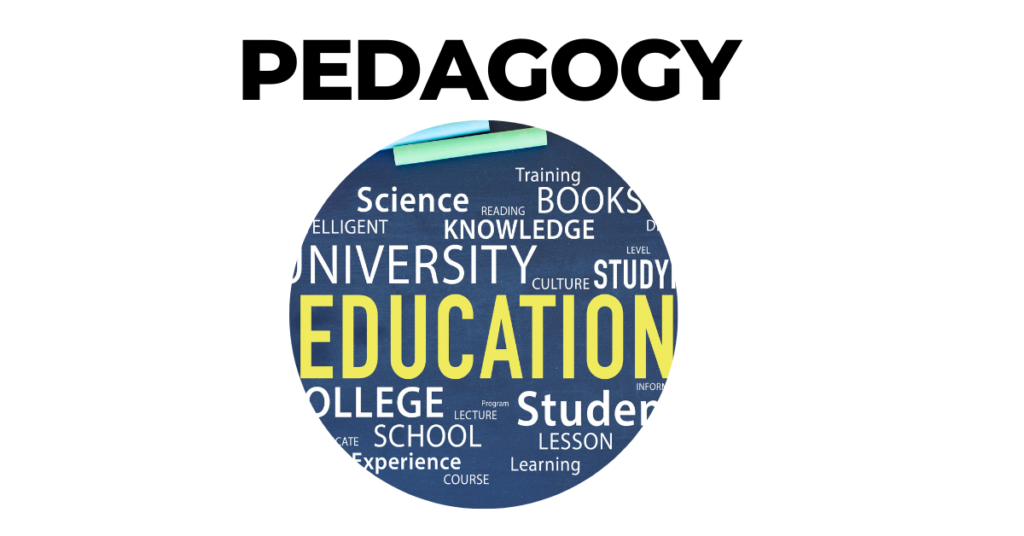
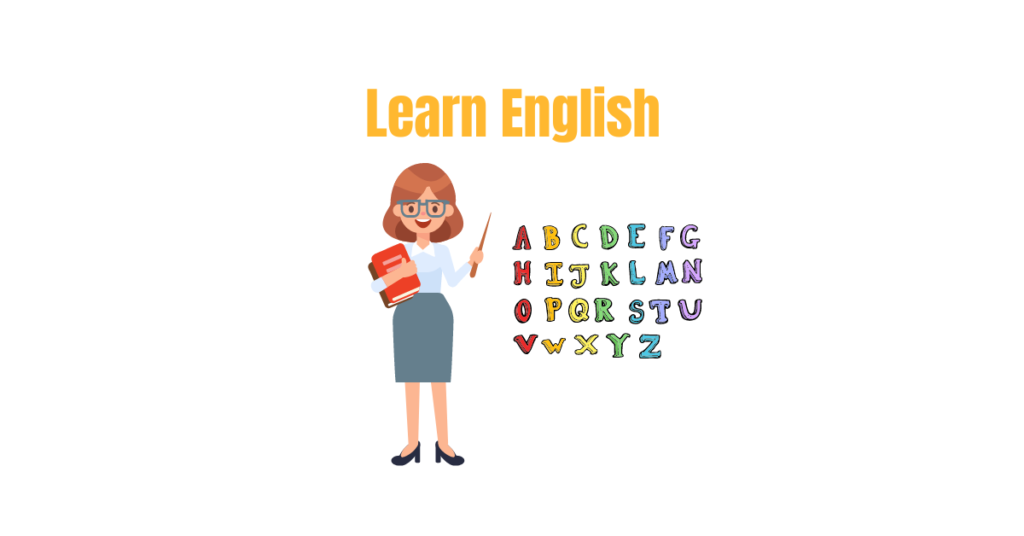

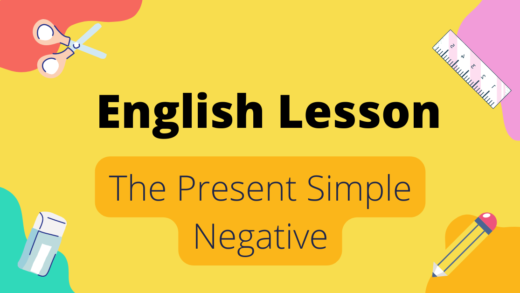

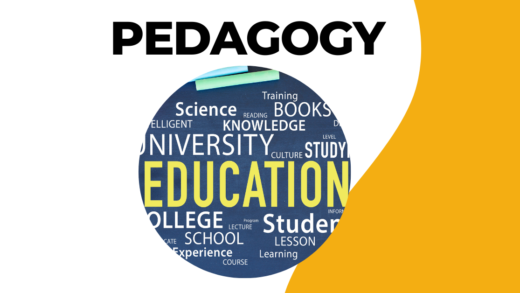
Recent comments